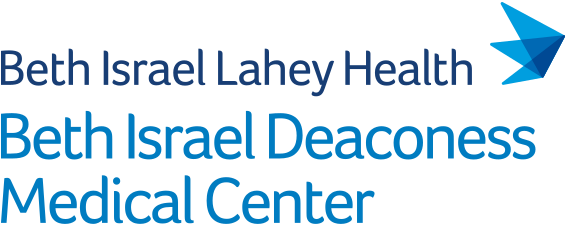Recent genome-wide association studies (GWASs) of several individual sleep traits have identified hundreds of genetic loci, suggesting diverse mechanisms. Moreover, sleep traits are moderately correlated, and together may provide a more complete picture of sleep health, while also illuminating distinct domains. Here we construct novel sleep health scores (SHSs) incorporating five core self-report measures: sleep duration, insomnia symptoms, chronotype, snoring, and daytime sleepiness, using additive (SHS-ADD) and five principal components-based (SHS-PCs) approaches. GWASs of these six SHSs identify 28 significant novel loci adjusting for multiple testing on six traits (p<8.3e-9), along with 341 previously reported loci (p<5e-08). The heritability of the first three SHS-PCs equals or exceeds that of SHS-ADD (SNP-h2=0.094), while revealing sleep-domain-specific genetic discoveries. Significant loci enrich in multiple brain tissues and in metabolic and neuronal pathways. Post GWAS analyses uncover novel genetic mechanisms underlying sleep health and reveal connections to behavioral, psychological, and cardiometabolic traits.
2024
Sleep-disordered breathing (SDB) is a prevalent disorder characterized by recurrent episodic upper airway obstruction. Using data from the Hispanic Community Health Study/Study of Latinos (HCHS/SOL), we apply principal component analysis (PCA) to seven SDB-related measures. We estimate the associations of the top two SDB PCs with serum levels of 617 metabolites, in both single-metabolite analysis, and a joint penalized regression analysis. The discovery analysis includes 3299 individuals, with validation in a separate dataset of 1522 individuals. Five metabolite associations with SDB PCs are discovered and replicated. SDB PC1, characterized by frequent respiratory events common in older and male adults, is associated with pregnanolone and progesterone-related sulfated metabolites. SDB PC2, characterized by short respiratory event length and self-reported restless sleep, enriched in young adults, is associated with sphingomyelins. Metabolite risk scores (MRSs), representing metabolite signatures associated with the two SDB PCs, are associated with 6-year incident hypertension and diabetes. These MRSs have the potential to serve as biomarkers for SDB, guiding risk stratification and treatment decisions.
2022
Obstructive sleep apnea (OSA) is a common disorder associated with increased risk of cardiovascular disease and mortality. Iron and heme metabolism, implicated in ventilatory control and OSA comorbidities, was associated with OSA phenotypes in recent admixture mapping and gene enrichment analyses. However, its causal contribution was unclear. In this study, we performed pathway-level transcriptional Mendelian randomization (MR) analysis to investigate the causal relationships between iron and heme related pathways and OSA. In primary analysis, we examined the expression level of four iron/heme Reactome pathways as exposures and four OSA traits as outcomes using cross-tissue cis-eQTLs from the Genotype-Tissue Expression portal and published genome-wide summary statistics of OSA. We identify a significant putative causal association between up-regulated heme biosynthesis pathway with higher sleep time percentage of hypoxemia (p = 6.14 × 10-3). This association is supported by consistency of point estimates in one-sample MR in the Multi-Ethnic Study of Atherosclerosis using high coverage DNA and RNA sequencing data generated by the Trans-Omics for Precision Medicine project. Secondary analysis for 37 additional iron/heme Gene Ontology pathways did not reveal any significant causal associations. This study suggests a causal association between increased heme biosynthesis and OSA severity.
